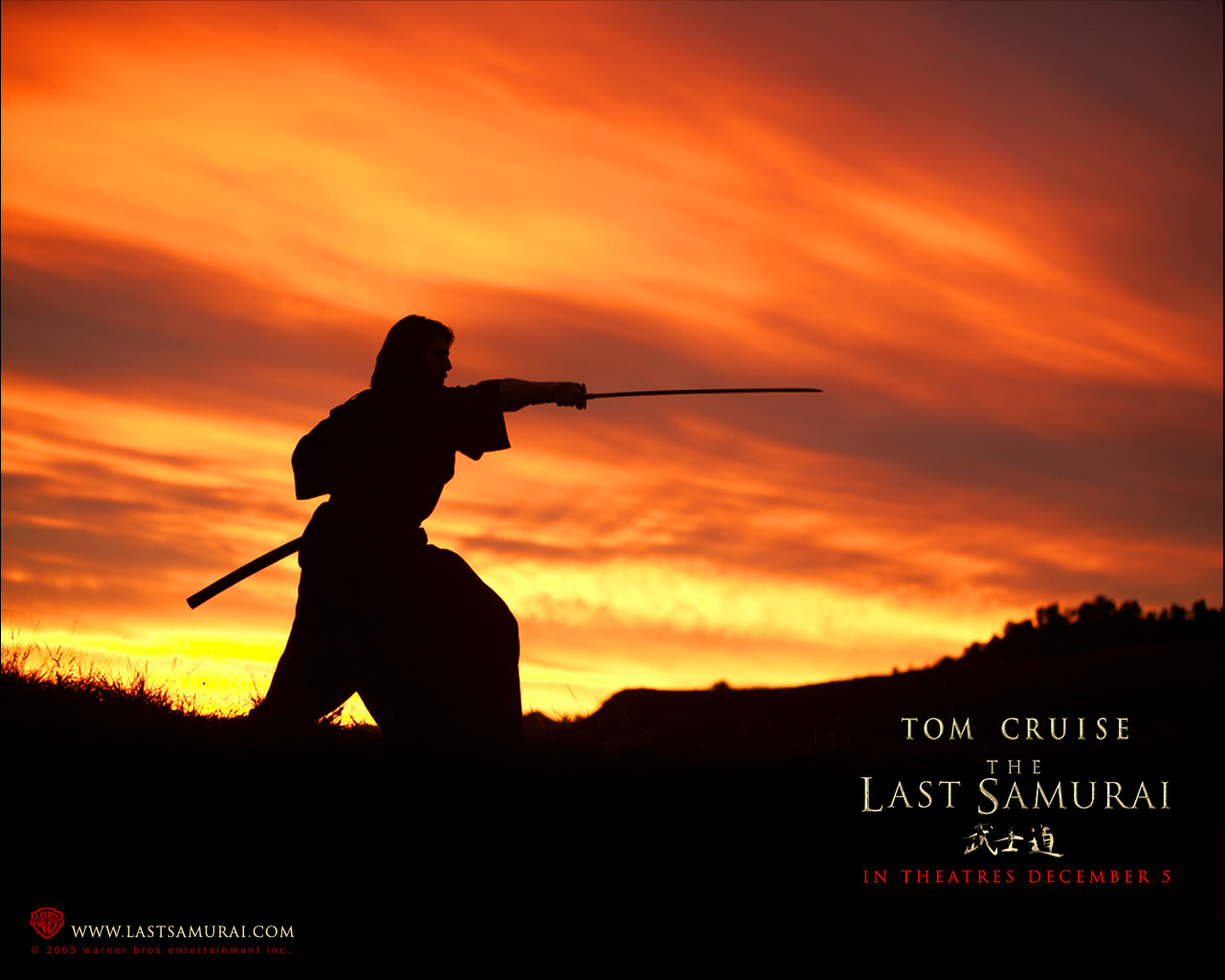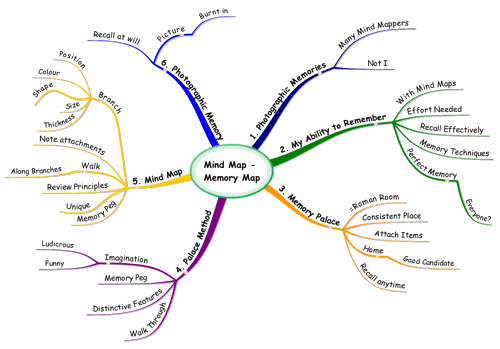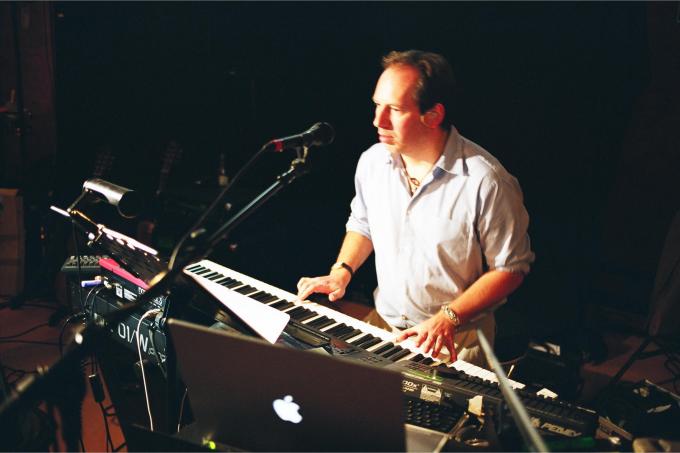Sunday, December 9, 2012
Sunday, December 2, 2012
Blog Topic Week 6 : Mortar & Pestle Mind Map.
Last
week, we were all given a piece of white A3 sized paper for us to draw a mind map.
What was the mind map about? Bare with me, let’s find out….
 The lecturer asked us to draw a mind
map about mortar & pestle. What do we do with it? We had to imagine, if we
were in the future around the year 20012 if I’m not mistaken, mortar and pestle
would never exist at that time. Probably replaced by something much more modern
than a blender. I wonder what could it be… hmmm…. Anyway, let’s say in the
future, suddenly I was the world renowned archaeologist who was luckily have dug
up a mortar and pestle out of an archaeology site somewhere in the world, and
sadly I never knew what was its use in the past. Well of course I knew what it
is used for…. Sambal belacan… bashing udang kering and bla bla…
but in this scenario, I never knew what it is for. Reporters, scientists and
people of the world are inquiring about its use, so I had to come up with
anything I can. Because a famous archaeologist can’t just say he doesn’t know
in front of the worldwide media…. Well in reality it is wrong… but for this
assignment it’s acceptable… Anyway…. Back to our scenario…
The lecturer asked us to draw a mind
map about mortar & pestle. What do we do with it? We had to imagine, if we
were in the future around the year 20012 if I’m not mistaken, mortar and pestle
would never exist at that time. Probably replaced by something much more modern
than a blender. I wonder what could it be… hmmm…. Anyway, let’s say in the
future, suddenly I was the world renowned archaeologist who was luckily have dug
up a mortar and pestle out of an archaeology site somewhere in the world, and
sadly I never knew what was its use in the past. Well of course I knew what it
is used for…. Sambal belacan… bashing udang kering and bla bla…
but in this scenario, I never knew what it is for. Reporters, scientists and
people of the world are inquiring about its use, so I had to come up with
anything I can. Because a famous archaeologist can’t just say he doesn’t know
in front of the worldwide media…. Well in reality it is wrong… but for this
assignment it’s acceptable… Anyway…. Back to our scenario…
So, when the journalist asked me,
what was it used for? I came up with some ideas by doing a mind map of the possibilities of its use… And there were a few out of
hundreds of reasons I can give.
 #1 In
the past, people love to duel like in most cartoons and anime. Therefore, in a
duel they used it as weapons and protective gears. The mortar can be used as a
protective helmet for head protection. And the pestle can be used as a throwing
weapon to throw at your enemies. It can also be used to whack off enemy’s head
off if you are in a threatened situation.
#1 In
the past, people love to duel like in most cartoons and anime. Therefore, in a
duel they used it as weapons and protective gears. The mortar can be used as a
protective helmet for head protection. And the pestle can be used as a throwing
weapon to throw at your enemies. It can also be used to whack off enemy’s head
off if you are in a threatened situation.
#2 In
certain ages, mortar and pestle was used as a currency. People used it as money
to pay for things. For food and anything they could buy or trade. It used to be
as valuable as gold. Maybe the value of one mortar can be RM10. And one pestle
can be RM5 as it is smaller. Perhaps the currency at that time was called (MR)
instead of (RM)..... (RM) is Ringgit Malaysia… but (MR) was Mortar Ringgit…
back in the days people would say, hey dude… how much is this bike? Owh that
bike is only fifty Mortar Ringgit….
#3 Mortar
and pestle was also used by married couples. Usually the wife would sit and
used the mortar to put her foot on it as a stool. Then the husband would use
the pestle to massage his wife’s foot.
Well, so that was our assignment…
might be a bit weird, but our lecturer once said, nothing is weird… it is just interesting…
By:
Muhammad Tamim Faruq Bin Khairul 'Azmi.
(1122702918)
Sunday, November 25, 2012
CS Blog Topic week 5 (part 2)
Invention
- innovation :
Again, not all inventions bring innovation, remember.
http://www.themalaysianinsider.com/tech/article/japans-gadget-failures-the-futures-that-never-happened/
http://www.bbc.co.uk/news/business-20400239
Again, not all inventions bring innovation, remember.
http://www.themalaysianinsider.com/tech/article/japans-gadget-failures-the-futures-that-never-happened/
http://www.bbc.co.uk/news/business-20400239
Invention –
Innovation : Not all inventions bring innovation.
 It
is true that inventions can be innovated, but not all inventions bring
innovation. Because not all inventions are that usefull. Some of them are quite
unnecessary. Like what the past Japanese inventors have tried to come up with,
like the walking toaster, or a television shaped radio. But in my opinion, it
might not be that good of use. But it is necessary in sense that it provides us
with unique designs and models.
It
is true that inventions can be innovated, but not all inventions bring
innovation. Because not all inventions are that usefull. Some of them are quite
unnecessary. Like what the past Japanese inventors have tried to come up with,
like the walking toaster, or a television shaped radio. But in my opinion, it
might not be that good of use. But it is necessary in sense that it provides us
with unique designs and models. 
From what we have these days like the football shaped alarm clock, it is not that it can be used to play football with, but it’s just for fun. By having these weird and unique shaped things are fun. Sometimes people like things that are different. That’s why it can sell.
To me, Inventions like telephones
can be innovated into something new and better like what we have nowadays, is
because of its priority of use.
Now, we have wireless telephones and
mobile smartphones as a replacement to the old corded telephone on the desk. It
is not as heavy as the old model, and has better mobility to its user. It also
provides us with thousands of useful functions in one smartphone.
By:
Muhammad Tamim Faruq Bin Khairul 'Azmi.
(1122702918)
Creative Studies - Blog Topic Week 5 (part 1)
Mindmap:
A mind
map is a diagram
used to visually outline information. A mind map is often created around a
single word or certain text which is placed in the center, to which associated
ideas, words and concepts are added to it. Major categories radiate from a
central node, and lesser categories are sub-branches of larger branches.
Categories can represent words, ideas,
tasks, or other items related to a central key word or idea.
It can be drawn manually by hand using
a pencil or multi-coloured pens. Some even draw mind maps using certain
softwares or computer programs.
What are mind
maps for?
 It can be used to generate,
visualize, structure,
and classify ideas, and as an aid to studying
and organizing
information, solving problems, making
decisions, and writing. It also works for critical thinking and
brainstorming ideas.
It can be used to generate,
visualize, structure,
and classify ideas, and as an aid to studying
and organizing
information, solving problems, making
decisions, and writing. It also works for critical thinking and
brainstorming ideas.
The pictures and colourful designs of mind maps makes the human brain remember everything about it easily.
How to create a
mind map?
According to Tony Buzan, the person who made mind map
popular, he suggested that there are a few guidelines that should help you
create your own mind map easily for anything you wish to use it for.
Start in
the center with an image of the topic, using at least 3 colors.
Use images,
symbols, codes, and dimensions throughout your mind map.
Select key
words and print using upper or lower case letters.
Each
word/image is best alone and sitting on its own line.
The lines
should be connected, starting from the central image. The central lines are
thicker, organic and thinner as they radiate out from the centre.
Make the
lines the same length as the word/image they support.
Use
multiple colors throughout the mind map, for visual stimulation and also to
encode or group.
Develop
your own personal style of mind mapping.
Use
emphasis and show associations in your mind map.
Keep the
mind map clear by using radial hierarchy, numerical order or outlines to
embrace your branches.
By:
Muhammad Tamim Faruq Bin Khairul 'Azmi.
(1122702918)
Saturday, November 24, 2012
Creative Studies - Blog Topic week 4
Look at people
& time to understand creativity better.
What traits
made them creative?
What
environmental conditions existed?
What was the
process of creativity?
Hans Zimmer
 Hans Florian Zimmer is a German film
composer and music producer. He has composed music for over 100 films,
including the award winning film scores for The Lion King (1994), Gladiator
(2000), The Last Samurai (2003), The Dark Knight (2008), and Inception (2010).
Hans Florian Zimmer is a German film
composer and music producer. He has composed music for over 100 films,
including the award winning film scores for The Lion King (1994), Gladiator
(2000), The Last Samurai (2003), The Dark Knight (2008), and Inception (2010).
He spent his early part of his
career in the United Kingdom before moving to the United States. He is the head
of the film music division at DreamWorks studios and works with other composers through the company which
he founded, Remote Control Productions.
His works are notable for
integrating electronic music sounds with traditional orchestral arrangements. He has received
four Grammy Awards, two Golden Globes, a Classical BRIT Award, and an Academy Award. He was also named on the list of Top 100 Living Geniuses,
published by The Daily Telegraph.
 Hans Zimmer was born in Frankfurt,
Germany in 1957. Where he played piano at home. His father died when he was
just a child. He was 6 years old at that time. Can you imagine how a very young
child at that age could handle that kind of emotions and experience at such an
early age. And that’s how he moved it all and escaped into music. And he said
music has been his only best friend at that moment.
Hans Zimmer was born in Frankfurt,
Germany in 1957. Where he played piano at home. His father died when he was
just a child. He was 6 years old at that time. Can you imagine how a very young
child at that age could handle that kind of emotions and experience at such an
early age. And that’s how he moved it all and escaped into music. And he said
music has been his only best friend at that moment.
What traits
made him creative?
I found that some of his traits that
made him creative was his passion, determination, motivation, imagination, and
productivity. But most importantly was his dream.
Hans Zimmer quoted: When I was a kid
growing up in Germany, I had this dream of becoming a film composer. But you
can’t ever say that, because you were like in no where Germany and if you say
the word Hollywood, all the other kids are going to beat you up or laugh at
you.
But in this dream, there was an
unmade movie and I didn’t know what the movie was. And half way this one, I
suddenly realized I was working on the movie I always hoped I was working on. I
was working with the team, the director, and the sound crew, that I imagined
was the best that you can possibly ever have in life. So I said to Chris
(Christopher Nolan-Director of The Dark Knight Rises), from now on, you just
have to look forward to it….
And that was the power of his dream…
One of his creative traits that brought him to where he is now today.
His passion for what he loves the
most is music. It’s what is actually generating his creativity in his music and
composition. What keeps him going. He even quoted: If something happened where
I couldn’t write music anymore, It would kill me. It’s not just a job. It’s not
just a hobby. It’s why I get up in the morning.
This tells that it’s his reason to
live. That is how much passion he put to it. To something he really loves as a
child. Something he has been dreaming of from a long time. Due to his pure
determination, he managed to achieve his long life dream. And is living it
right now. What else would be better than that. He is motivated by many of his
favorites including J. S. Bach, Beethoven and many more.
What
environmental conditions existed?
His life is surrounded by music. He
has his piano at home where he used to play during his childhood back in
Germany. And he was exposed to music from an early age which can also lead to
one of the factors that expands his creativity. As his childhood was tough and
filled with strong emotions as his father died at his young age. Through out
his career, he has his musician friends around him which helps him with his
creativity in composing music and film scores other than his own genius. He has
been working in music bands, orchestras and worked with some of the best
directors, crews and musicians. And this ends up creating a very motivational
and creative environment for his career.
What was the
process of creativity?
 The process of his creativity was to
go deeper. He went deeper and deeper into his music each time. He merges
himself into the music itself. Becoming one with the scores and composition he
does to truly get the feel and emotion of it instead of being outside of it. He
learnt more and more. He explored the Japanese culture to understand the
Japanese music in order for him to create his own score when he was working on
The Last Samurai movie in 2003.
The process of his creativity was to
go deeper. He went deeper and deeper into his music each time. He merges
himself into the music itself. Becoming one with the scores and composition he
does to truly get the feel and emotion of it instead of being outside of it. He
learnt more and more. He explored the Japanese culture to understand the
Japanese music in order for him to create his own score when he was working on
The Last Samurai movie in 2003.
What he did was, he looked at some
pictures that the director sent to him giving him some ideas on what to compose
for the film’s soundtrack. Then, he calls on his best musicians to work with
him personally and experiment with anything he comes up with. Later on they
will put together several soundtracks and choose the best and the most suitable
for each scenes…
Hans Zimmer - The Making of The Dark Knight Rises
Hans Zimmer - The Last Samurai Soundtrack
By:
Muhammad Tamim Faruq Bin Khairul 'Azmi.
(1122702918)
Subscribe to:
Posts (Atom)


















